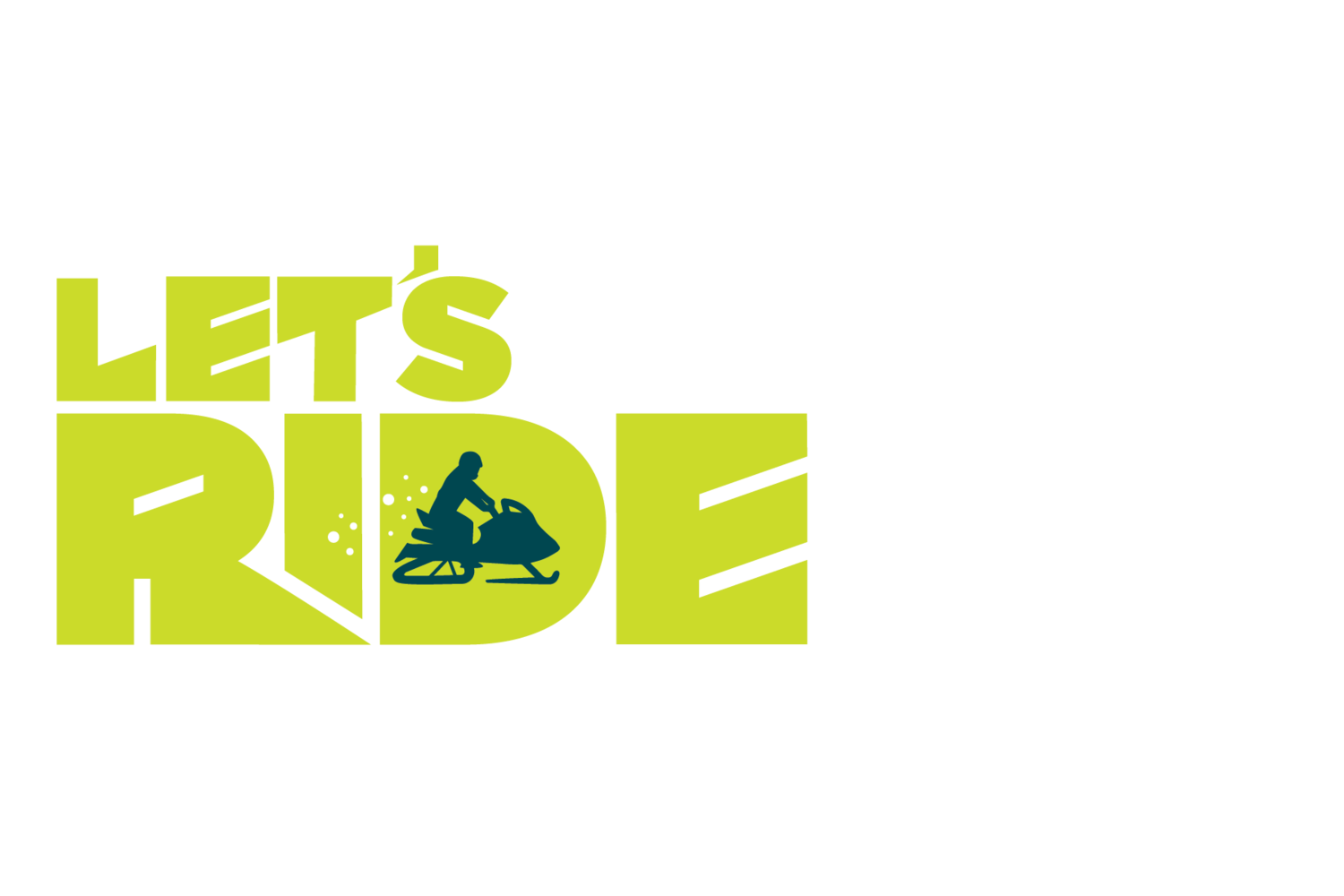PUTTING THE CHILL ON SNOWMOBILE SEASON
YOUR GUIDE TO PROPERLY STORING AND MAINTAINING YOUR GEAR IN THE OFF SEASON
As the snowmobile season comes to an end, it's important to properly store your equipment to ensure it's ready for next year. Not only does this prolong the life of your gear, but it also ensures that you're ready to hit the trails as soon as the snow starts falling again.
SNOWMOBILE MAINTENANCE AND STORAGE
The first step in properly storing your snowmobile is to give it a thorough cleaning. Remove any dirt or grime that has accumulated over the season, paying special attention to the undercarriage and engine compartment. Once the snowmobile is clean, it's time to perform some basic maintenance tasks.
Check the oil and coolant levels and top them off if needed. Inspect the spark plugs and replace them if they're worn or fouled. Remove the drive belt and inspect it for any damage or wear. If it looks worn or cracked, it's time to replace it.
Next, add a fuel stabilizer to the gas tank and run the snowmobile for a few minutes to ensure that the stabilizer is distributed throughout the fuel system. This will prevent the fuel from breaking down over the summer months and causing problems when you try to start the snowmobile next season. Check your manufacturer’s Operator’s Manual for specific summer storage features and requirements for your select models.
Finally, store the snowmobile in a cool, dry place, preferably indoors. Cover it with a breathable cover to protect it from dust and debris.
AVALANCHE RESCUE EQUIPMENT
Properly storing your avalanche rescue equipment in the off season is critical step to protect your financial investment and potentially someone’s life. This includes your avalanche transceiver, probe, shovel, and airbag.
Remove the batteries from your avalanche transceiver and store it in a cool, dry place. Now is the time to check for any firmware updates that may be available or to send your device away for warranty to ensure you have it in time for next season. Complete a thorough inspection of your probe and shovel for frayed, cracked or damage components. Make sure they are clean and dry before packing them away in a place where they won't be exposed to extreme temperatures or moisture.
OUTERWEAR AND HELMET CLEANING AND STORAGE
Technical outerwear garments are designed to repel water, but it's important to properly clean and store correctly to maintain performance. Start by washing the outerwear in a front-loading washing machine using a mild detergent. Always follow the manufacturers recommendations to prolong the life of your garments and maximize performance. Some basic rules include: Avoid using fabric softeners, bleach or other treatments, as they can damage fabric membrane. Once the outerwear is clean, tumble dry it on low heat or hang it to dry. Do not iron or dry clean. You can read more on how these advanced fabric materials work and function in The Inside Scoop on Your Snowmobile Outerwear.
Helmets should also be properly cleaned and stored. Just like your outerwear, dirt, sweat, oil can impact the function and lifespan of your helmet. Remove any removable padding and wash it according to the manufacturer's instructions. Wipe down the helmet shell with a damp cloth and allow it to air dry. Store the helmet in a cool, dry place, away from direct sunlight.
SLED DECK AND TRAILERS
Head to the carwash and rinse your sled deck, ramps, and trailers - it’s much easy to complete a good inspection once they are clean. While you are washing, look for damaged or missing bolts, cracks, frayed wiring, broken lights, lifting surfaces or missing ‘safety dog latches’ on your ramp hooks. Inspect all attachment points with your vehicle. Take apart ratchet straps - clean, dry, lubricate the metal ratchet, and store out of the sun. Don’t forget to check trailer bearings and tires.
START PLANNING FOR NEXT WINTER
If you’re looking to get your sled gang back together during the summer we recommend participating in a first aid course together. There are a variety of single and multi-day programs available but look for something that includes CPR and a wilderness first aid skills component.
Avalanche safety educators, clinicians, lodges, and guide operators can book up quickly. Get your reservations in now! Avalanche Canada has a helpful course finder tool on their website - dates typically become available in late summer
HAVE A GREAT SUMMER EVERYONE!
Words: Nicole Matei is a rider, writer, backcountry safety educator and recreation manager. You can find her supporting BC Snowmobile Clubs as a the BCSF Program and Marketing Manager or in one of her other roles advocating for motorized recreation opportunities in Fernie, BC.
Photos: Zac Cadot, Savanna Rennie, Nicole Matei






